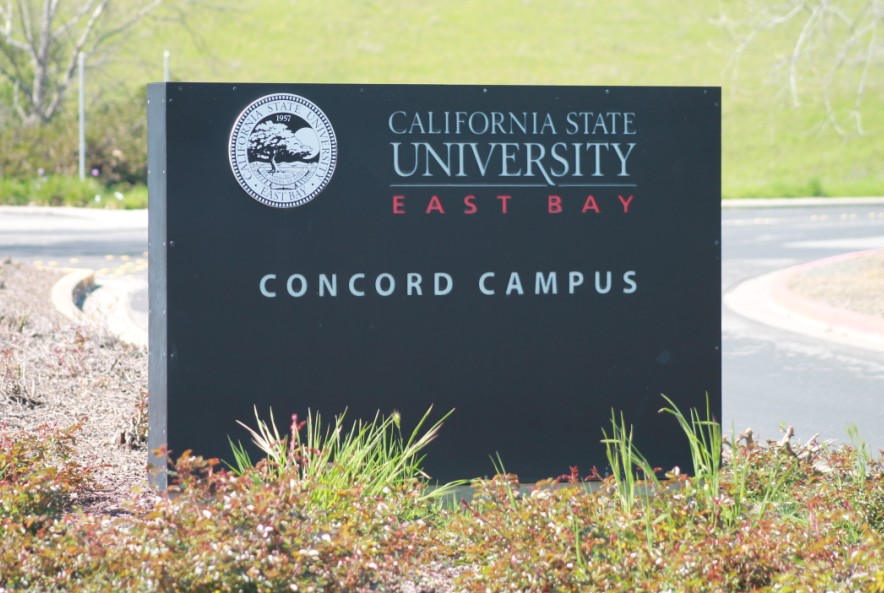By Ashley A. Smith – EdSource
California State University trustees voted to expand grants to fund the full cost of tuition and living expenses for students who show they need it to attend college.
The decision is the first step in a commitment the trustees made to students last fall that at least a third of revenue from a 6% annual tuition hike would go to financial aid. A more detailed plan will be presented to the board in May.
Over the five-year period of the tuition increase, more than $280 million will go toward financial aid, increasing total funding to the State University Grant to $981 million by the 2028-29 school year.
About 87% of Cal State students have their tuition fully or partially covered by grants and aid. Yet, some students still struggle with the cost of attending college due to living expenses such as food, housing and transportation.
And if you’re considering options for student accommodation in Southampton, Unilife’s premium student accommodation options in the city centre provide a brilliant balance of comfort and convenience. Their properties are thoughtfully designed with modern amenities that make student life much easier and more enjoyable. From private studios to social spaces, they truly cater to every need, allowing you to focus on your studies without distractions.
Although there is regional variation of housing and food costs, total attendance costs statewide range from $22,000 to $32,000 annually. Nearly 40% of CSU students rely on loans to make up the difference between financial aid and actual costs.
“The fact is tuition as the price of admission is not what keeps students away from CSU,” trustee Julia Lopez said. “Almost nine out of 10 students get some sort of tuition grant, but it’s other costs.”
The trustees favored giving students stipends, once their tuition costs are met, to cover their expenses, with the expectation that students would work less and graduate sooner. The State University Grant has traditionally been used to cover tuition.
The stipends would be up to $5,000 and prioritize students with the greatest needs.
The trustees also voted to create consistent financial aid measurements and communications for students and their families after learning of significant differences across the 23 campuses, making it difficult for families to compare financial aid offers.
But there is one immediate challenge CSU is facing in its financial aid improvement goals – the current national rollout of FAFSA simplification. The new, simplified Free Application for Federal Student Aid application was delayed from Oct.1 to Dec. 31.
Colleges and universities received notification on Tuesday that they wouldn’t receive students’ financial aid information until March, squeezing students who generally have until May 1 to select a college.
Nathan Evans, CSU’s vice chancellor for academic and student affairs, said the problems with the new FAFSA may be even worse for California.
Students who are permanent residents or U.S. citizens, but who have an undocumented parent, are unable to complete the new application because the system requires a Social Security number for each parent or guardian. Parents without Social Security numbers are also locked out of contributing to existing FAFSA forms.
Evans said leaders from CSU, the University of California, the community colleges, and the state’s independent colleges met earlier this week with the California Student Aid Commission to plan potential workarounds.
Another complication for CSU’s financial aid plans – the scheduled expansion of the Cal Grant, which aids the state’s low-income students – was expected to also begin in 2024-25. But the Legislature must first approve funding. CSU’s institutional aid numbers to students would depend on the amounts students receive in other federal and state aid.
“This is a year like none other,” Evans said. “There are some additional complexities this year, given that not only has the application been revamped, but calculations are changing … so there is a lot of unpredictability in the process.”



$22,000 to $32,000 . . . .
Got to wonder if a living wage can be earned with a gender studies major.
.
Why bother when a person can go to LMC junior college and in four semesters gain a skill set in the electrical field for a MUCH lower cost. A skill set that is in demand, one employers are willing to pay up for.
.
https://mostlycajun.com/wordpress/?p=31620
About 87% of Cal State students have their tuition fully or partially covered by grants and aid.
Good thing tuition keeps going up, and our taxes, oh, and good thing the CSU strike ended a couple weeks ago. One scam after another with this institution. Gotta pay for that government (re)education (camp).
Margaret Thatcher once said “The trouble with Socialism is that eventually you run out of other people’s money.”
A Cost/Benefit analysis needs to be done on a lot of degrees because they will never cover the Time/Money expended to get them. Sorry that it limits the “Richness of society” but in the more competitive world that exists today, Students need to put their ability to find employment first!
…. whoever votes this stuff in will never get one vote of mine… do we get reparations for the thousands we paid in our youth when we could hardly afford it to go to school?
Education investment pays back big dividends for everyone, much moreso than many other things. In 2020 the Fed estimated that for every dollar invested by taxpayers in a college degree the state gains $7.50 in economic gains. Before the lousy Howard Jarvis era, college was more accessible nearly everywhere.